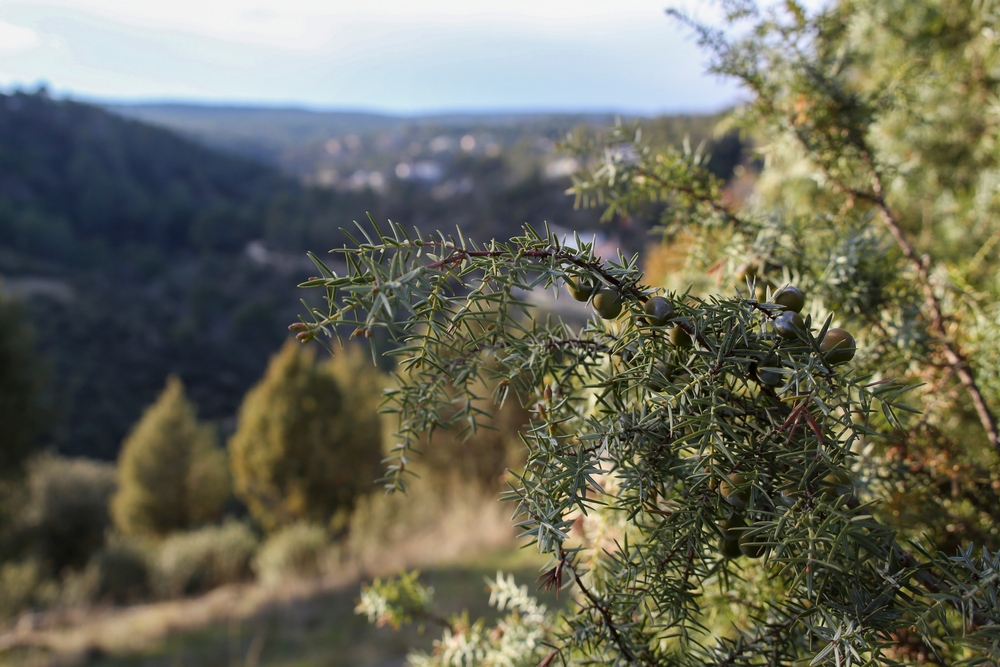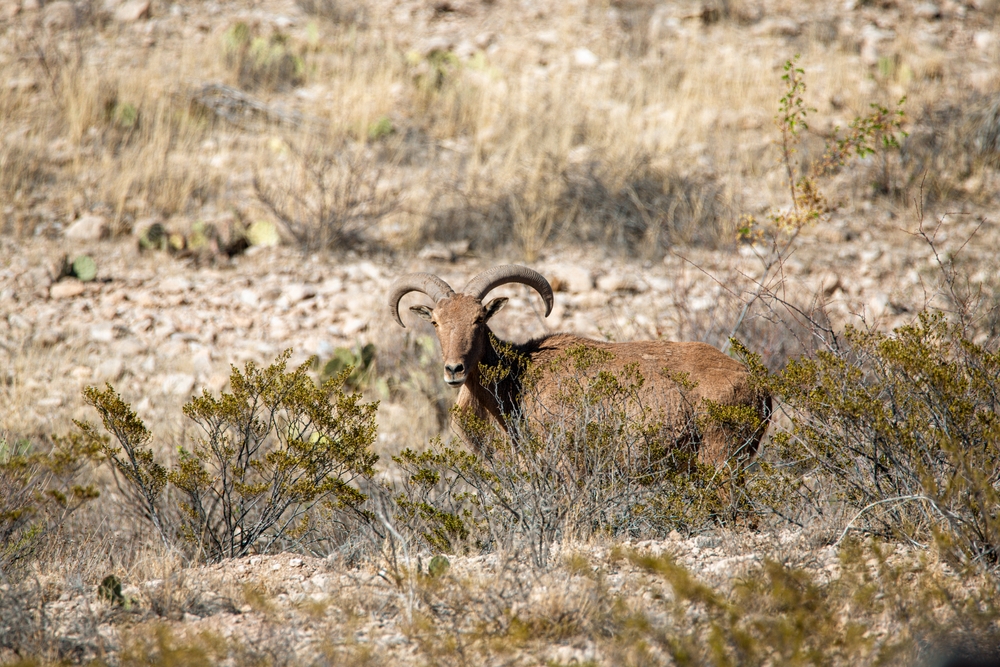El Kouf Overview
El Kouf National Park, locally known as “Al Kouf,” is one of Libya’s most significant natural reserves, located near the northeastern coastal city of Al Bayda. Established in 1975, the park spans diverse landscapes that include rugged limestone mountains, expansive valleys, dense forests, and a stretch of pristine Mediterranean coastline. Its name, derived from the Arabic word “Kouf,” meaning “curved,” reflects the winding river valleys that define much of its terrain. El Kouf is celebrated not only for its ecological diversity but also for its historical and cultural importance, making it a must-visit destination for nature lovers and history enthusiasts.
The terrain of El Kouf National Park is marked by striking contrasts, ranging from lush green valleys fed by seasonal rivers to dry, rocky plateaus and coastal cliffs overlooking the Mediterranean Sea. The park’s vegetation is equally varied, with dense forests of juniper, cypress, and wild olive trees dominating the higher altitudes, while shrubs and grasses thrive in the more arid areas. Along the coast, sandy beaches and lagoons provide additional ecological niches, supporting a unique blend of marine and terrestrial life.
El Kouf is a haven for wildlife, hosting a variety of species that thrive in its diverse habitats. Mammals such as Barbary sheep, red foxes, and striped hyenas can be found in the park, along with smaller animals like hares and hedgehogs. Birdlife is particularly abundant, with species like flamingos, herons, and ospreys frequenting the coastal areas, while eagles and kestrels soar above the cliffs. The park’s marine zones are home to fish, crustaceans, and sea turtles, adding to its ecological importance. The presence of rare and endemic species underscores the park’s role in regional conservation.
Visitors can engage with El Kouf National Park through a variety of activities. Hiking trails provide access to its rugged mountains and lush valleys, offering panoramic views of the Mediterranean coastline. Birdwatching and wildlife tracking are popular among nature enthusiasts, while the coastal areas invite exploration of lagoons, beaches, and marine habitats. Guided tours often include insights into the cultural and historical significance of the park, as it is dotted with ancient ruins and traditional Berber settlements.
Despite its natural beauty, El Kouf faces numerous conservation challenges, including habitat degradation, overgrazing, and human encroachment. Efforts to address these issues include reforestation programs, anti-poaching initiatives, and the development of sustainable tourism projects. Local and international conservation organizations are working to protect the park’s unique ecosystems while fostering community involvement in its preservation.
El Kouf National Park is a jewel of Libya’s natural and cultural heritage. Its diverse landscapes, rich biodiversity, and historical significance make it a vital sanctuary for both wildlife and people. By preserving El Kouf, Libya not only safeguards its ecological treasures but also provides future generations with an enduring connection to the natural world.











































































